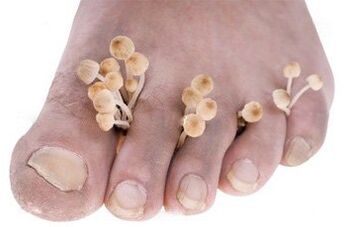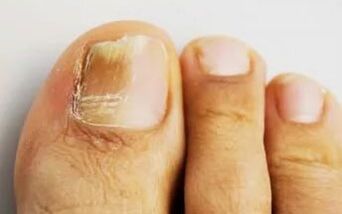
Signs (Symptoms) of Foot Fungus
- redness of the skin on the feet;
- Bad odor coming from the feet;
- itching and burning sensation;
- The skin peels off.
- burning sensation in feet;
- Cracks appear in the skin;
- The skin peels off.
- widespread inflammation of the skin on the feet;
- Suppuration of the affected area;
- Swelling and pain in the legs.
disease cause

- sauna;
- swimming pool;
- soul;
- Bathing place
- towel;
- pumice;
- towel;
- sock;
- Nail scissors.
- Increased sweating of the feet;
- endocrine diseases;
- decrease in immunity;
- diabetes;
- Varicose veins.
Which doctor should I contact?

- How long ago did the first signs of foot fungus appear?
- Has this problem bothered you before?
- Are there any chronic diseases?
- Has this person been in contact with a sick person?
- Have you ever been to a sauna, steam room or swimming pool?
- Does your relative have a fungal foot infection?
How is the disease treated?
- prevent the development of pathogens;
- eliminate fungi;
- Has anti-inflammatory effects;
- Relieve unpleasant symptoms.
- Pregnant women;
- breastfeeding mothers;
- children.
How can we completely cure athlete's foot?
- Strictly follow expert advice.
- Do not substitute a similar drug for your own medicine.
- Apply product regularly, without interruption.
- Wash the patient's clothes separately from other people's clothes.
- Wet clean the house daily.
- Treat the patient's shoes with an antifungal agent.
prevention
- Use only disposable or personal slippers when going to the bathroom, sauna or swimming pool.
- Do not wear wet or damp shoes.
- If you have a sick person in your home, use only personal bathing products.
- flatfoot;
- corn;
- Hyperhidrosis of the feet.
























